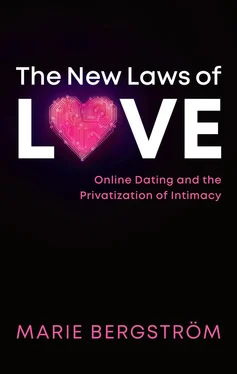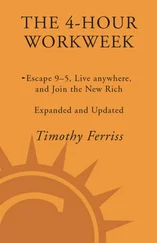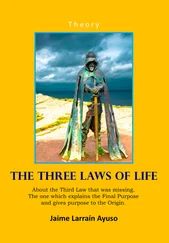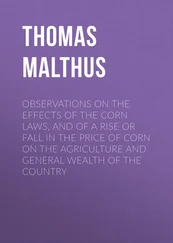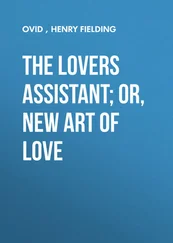The history of the Minitel and its erotic chat services is very different. Unlike the BBSs, the Minitel was a project entirely designed, owned, and operated by the French state; and the venture was driven by a different ideology. The system was initially conceived of as a vertical broadcast information tool, which was to provide the French population with official news and services (phone book, weather broadcasts, train schedules, etc.). The state operator never envisioned the messaging services; that feature came about only because someone hacked the system. In 1982, in the eastern city of Strasbourg, the daily newspaper Dernières Nouvelles d’Alsace set up a local videotex news service called Gretel. Because Gretel subscribers were having trouble connecting, the newspaper’s computer manager set up a chat service as a temporary way to communicate with them. Users soon hijacked the system and began communicating with one another. The newspaper declined to interfere, and this mode of communicating was an instant success. Gretel would become France’s first messagerie conviviale (Marchand and Ancelin, 1984).
As an interactive tool grafted onto a top-down information service – and, what is more, as a tool used for a sexual purpose – the Minitel messaging was seen as “a perversion of the intrinsic rationality of the system,” according to Josiane Jouët (2011). The official ideology behind the Minitel made it difficult to portray erotic chats in any positive light. A slew of highly critical books and articles denounced a new form of hedonism, caused by sexual frustration, excessive individualism, and, once again, the commodification of human relations. Whereas digital utopianism created a glowing image for North American BBSs, France’s Minitel services were criticized for their double transgression – sexual and technological.
In the 1980s, a large number of governmental, academic, and business computer networks operating in the United States were gradually integrated into the “network of networks” that became the internet. Its rapid success was largely attributable to the development in the 1990s of web technologies that allowed easy access to online content. Dating sites were among the first interactive platforms to launch on the web, well before the first social media site, which appeared in 1997 (boyd and Ellison, 2007). Although a product of the web, the dating sites bore traces of earlier dating services, in relation to which they marked an evolution, not a revolution.
Old and new on the internet
In September 1995 Wired , then a young magazine covering technology, published an article on what it described as a company “offering an interactive digital personals service.” 1The service was Match.com, considered to be the first online dating site, and was created by Electric Classifieds Inc., a company that sold ads on the internet. Using the conventional headings of columns of classifieds in newspapers, the company launched a series of sites with the domain names Jobs.com, Autos.com, and Housing.com, as well as a separate site for dating called Match.com( Figure 1.5). As the founder explained in a 2011 interview, “[t]hat was the original idea, to do classified ads but make it electric.” 2
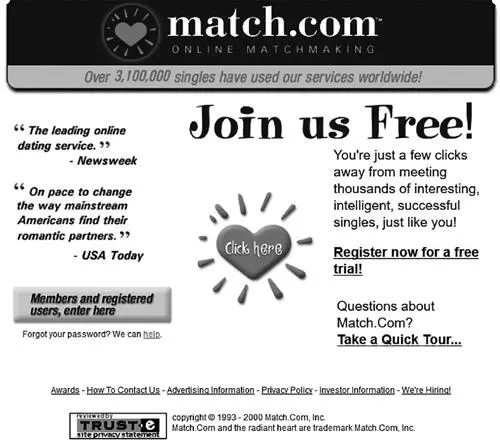
Figure 1.5.Interface of Match.com(year 2000)
The concept quickly caught on. Similar sites gradually spread across North America and Europe, where they were rolled out as the internet expanded. The first investors in the new online dating market included publishers of classifieds such as Webpersonals.com, which was launched in 1997 by a company that formerly specialized in phone-based personals (Telepersonals). Other early dating sites emanated from BBSs. In 1996, the BBS-based Matchmaker migrated to the web, where it operated for two decades as Matchmaker.com. Something similar occurred in France, where some Minitel services moved to the then expanding web. The iconic messagerie ULLA moved to the internet in the twenty-first century, under the new name Ulla.com.
The inheritance from older services was visible in the architecture of the new platforms. Both the messageries and the BBSs inherited parts of their organization from agencies and personals, and passed that legacy on to the dating sites. The most striking example is the “bio,” a free-text self-portrait that forms a genre in its own right, in a style used only in dating services. This specific autobiographical format was employed from the very beginning of personal ads in the nineteenth century (Garden, 2008), then moved to BBS and Minitel chat services (Fornel, 1989), and can still be found in today’s online dating profiles.
The industry has since reinvented itself: nearly fifteen years after the first online dating site, the services went mobile. Applications emerged as the first generation of smartphones provided access to digital content. The first high-profile smartphone-based service was Grindr, an application launched in 2009 that targeted gay men. Mobile features included geolocation, which served to identify the user’s location and to display active profiles of other users nearby. Grindr provided the template for similar apps that target heterosexuals; Blendr launched in 2011, Tinder in 2012, and the French venture Happn in 2014. Facing competition from the new mobile services and forced to adapt to a variety of devices – computers, smartphones, and tablets – the traditional sites have since moved on to develop their own mobile versions. Match, for example, is primarily accessed today through its app interface: 63% of the European users who created an account on the platform in 2019 did so by using a mobile device, and only 37% connected through the website. 3Online dating through the web has become a minority practice, except among older users.
These apps have changed online dating to some extent. The former text-based interfaces have been superseded by visual content in which photography takes precedence over the written word. Nevertheless, today’s applications, too, are descendants of earlier matchmaking services. This legacy is reflected not only in platform features (which are still based on “profiles,” stated selection criteria, and written communication), but also in the identity of companies behind the applications. Tinder, for instance ( Figure 1.6), first went under the name Matchbox and received initial funding from a startup incubator called Hatch Labs and financed by InterActiveCorp (IAC), a company that owns a large number of dating sites such as Match. One can say that mediated dating forms a family tree: matrimonial agencies were the first to publish personal ads; publishers of classifieds as well as BBS and Minitel operators, launched many of the earliest dating sites; and dating site companies have largely financed and developed dating apps.
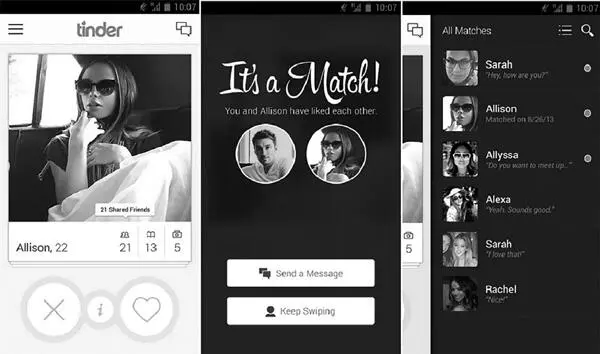
Figure 1.6.Interface of Tinder (year 2012)
But online dating sites and apps would prove far more successful than their predecessors. The extraordinary diffusion of digital practices spurred their popularity; in fact now, for the first time since the emergence of marriage brokerage, dating services are a flourishing sector of the economy. While early websites were built by individual entrepreneurs, the expanding market has attracted investors and has become international. Typically for growth markets, this trend is accompanied by industry consolidation. As corporations expand, they take over competitors; this creates a situation of quasi-monopoly, in which a small number of major players own most of the brands. This is the case with IAC, an internet and media conglomerate listed on Nasdaq with a portfolio of over a hundred different companies such as Match Group, which in turn owns several dating platforms – for example Match, Tinder, OkCupid, Hinge, BlackPeopleMeet, OurTime, PlentyofFish, and Meetic Group; and Meetic Group, for its part, owns Meetic, Neu, Lexa, LoveScout24, and Twoo, to mention just a few. Small fish are eaten by big fish, and big fish are eaten by giant fish – in this case, big companies are swallowed by giant corporations. In 2019 IAC reported a full-year revenue of US$4.76 billon, out of which 2.05 billion alone came from Match Group, which had seen a 19% increase from the previous year. 4
Читать дальше
